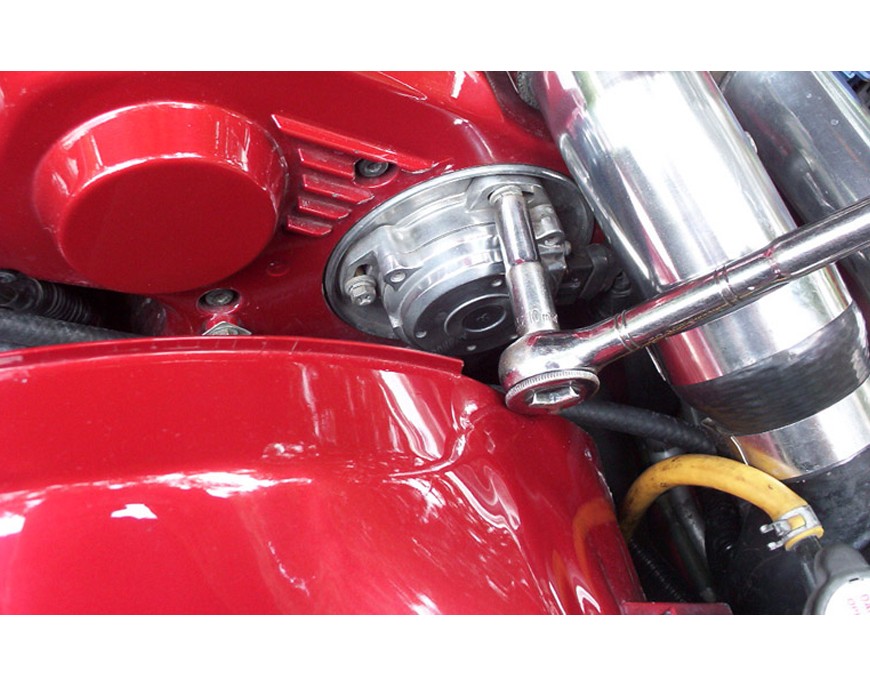How to Adjust Timing?
Posted by
Nov 25, 2021
Knowledge Base
0 Comments
The car's timing refers to the ignition and the process by which the spark plugs fire, creating a spark in the car's combustion chamber. Your timing must be at the correct setting for your car to perform at the top level, affecting the speed and efficiency at which the engine fires. You can adjust your car's timing with a timing light and a set of wrenches, and tools available at any auto parts store.
Part1
Understanding Ignition Timing
-
 1Learn if your car needs to be adjusted or not. Modern cars that are controlled by electronic ignitions don't need to have their timing adjusted, but old-style 4-stroke engines require that the timing be adjusted periodically to optimize the efficiency of the engine, making sure that the spark fires at the appropriate moment in the ignition cycle.[1]
1Learn if your car needs to be adjusted or not. Modern cars that are controlled by electronic ignitions don't need to have their timing adjusted, but old-style 4-stroke engines require that the timing be adjusted periodically to optimize the efficiency of the engine, making sure that the spark fires at the appropriate moment in the ignition cycle.[1]- If you hear telltale signs of the timing of your car not being quite right, such as pinging, backfiring, or if the car runs too rich or too lean, you will need to either take it to a mechanic or adjust the timing yourself.

2
Understand the ignition cycle. The four "strokes" in the 4-cycle engine refer to the process of intake, compression, power, and exhaust. The timing of the ignition refers to the point between the compression and the power strokes at which the spark plug fires, creating the combustion that results in your horsepower, forcing the piston down into the cylinder.[2]
- When the piston comes up during the compression stroke, just before the piston gets to the top of its compression stroke (which is called "top dead center"), the spark plug should fire. Over time, this tends to get misaligned somewhat, resulting in a less-than-optimum spark plug firing time. The distance before the "top dead" center is the ignition timing, and it's represented by a row of graded numbers on the balancer or flywheel through an access hole.

3
Learn the ignition timing number. Look for the ruler-style row of numbers on the front of the engine's harmonic balancer (or flywheel), which should have numbers above and below zero. Typically, when your car comes from the manufacturer, ignition base idle timing is set to a manufacture specification before top dead center. The timing advances as the engine's speed accelerates, however, resulting in a variable that will need to be periodically adjusted using a timing light.
- Numbers to the left of zero on the timing tape refer to the piston as it travels down, while numbers to the right of zero refer to the piston's upward motion. Moving the wheel right is called "advancing" the timing, while moving the wheel left is "moving back" the timing.


